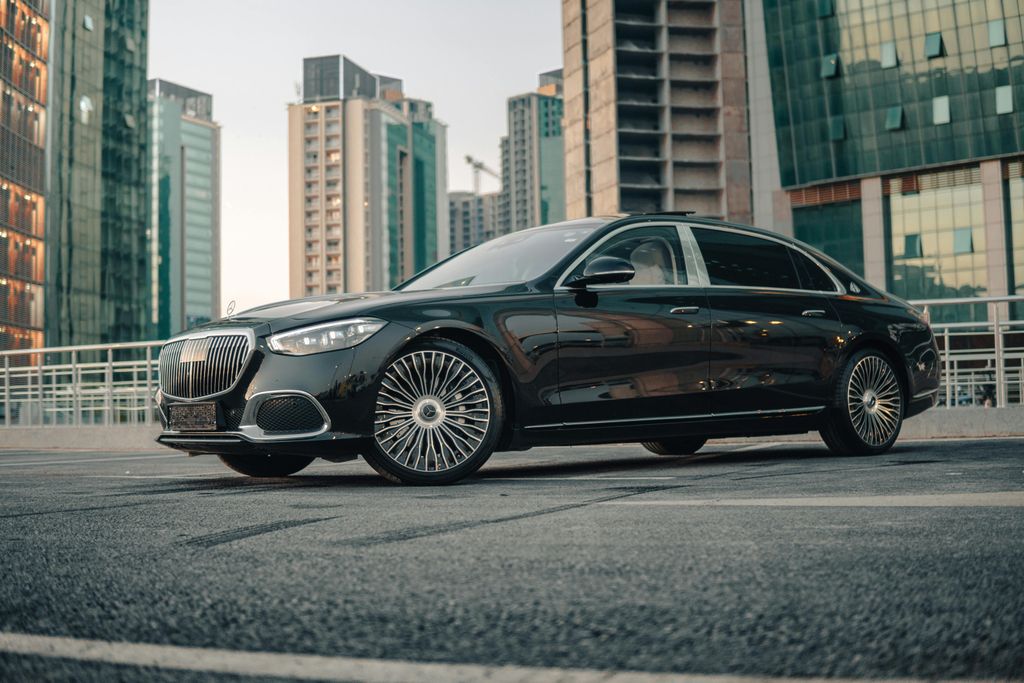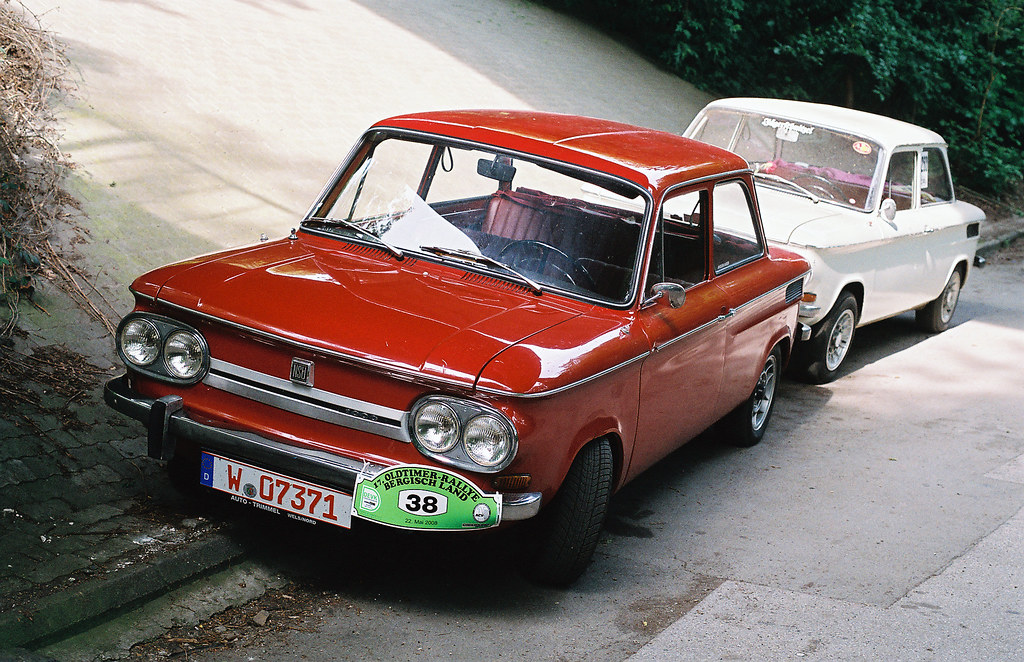
Parking in tight spaces is a challenge many drivers face, whether navigating crowded city streets, bustling shopping centers, or compact residential areas. Mastering this skill not only boosts your confidence but also helps prevent dents, scratches, and the frustration that often accompanies cramped parking situations. With the right approach and a few genius moves, what once seemed daunting can become a manageable – and even satisfying – task.
Understanding how to park in tight spaces goes beyond simply squeezing your vehicle into a narrow spot. It involves a blend of spatial awareness, precise maneuvering, and strategic planning. Drivers who develop these abilities can make the most of limited parking availability, maintaining safety for themselves and others. It’s about more than just fitting; it’s about fitting well and safely.
This guide will lead you through essential concepts, mindset shifts, and practical techniques to tackle tight parking with ease. Whether you’re a new driver or a seasoned pro, the insights ahead will prepare you to handle even the most challenging scenarios confidently. We’re breaking down the complex art of precision parking into actionable, easy-to-understand steps, ensuring you master tight spots without breaking a sweat.
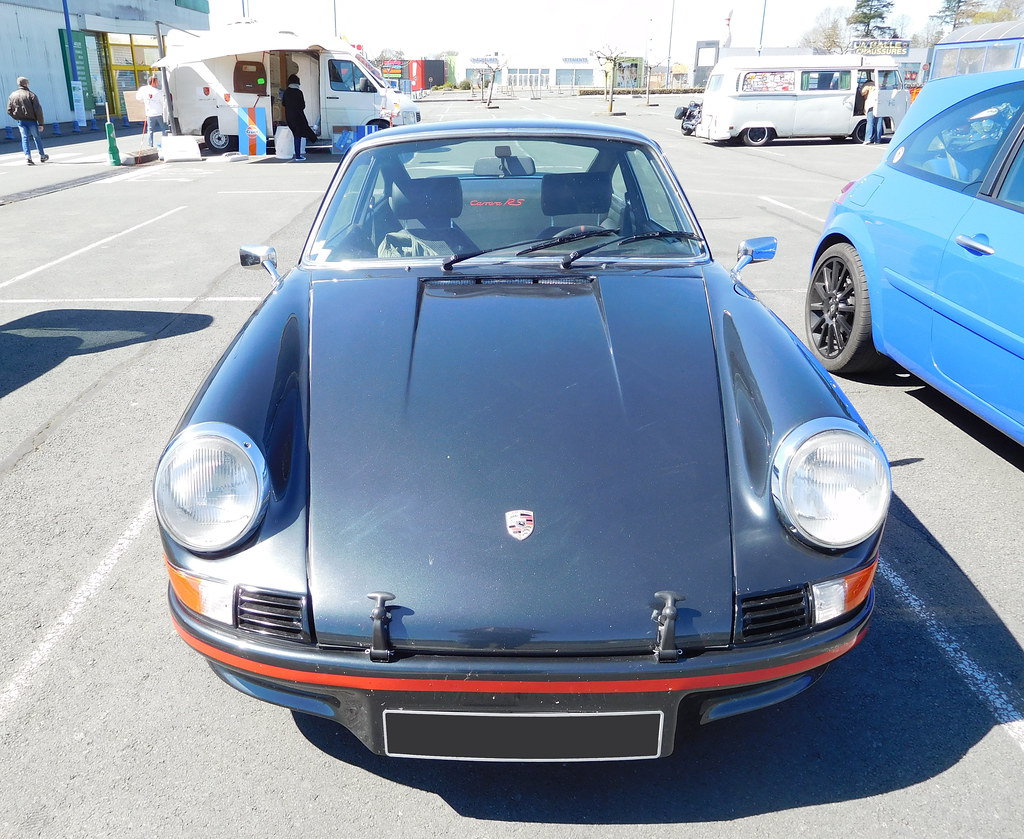
1. **Know Your Vehicle Inside and Out: Understanding Dimensions and Turning Radius for Precise Control**
Before considering a tricky spot, a fundamental understanding of your vehicle’s physical characteristics is paramount. This means intimately knowing its precise length, width (including mirrors), and height. This knowledge directly allows for accurate judgments of space availability and helps prevent accidental contact with surrounding objects. Think of it as knowing your paintbrush’s exact dimensions before a detailed stroke.
Familiarizing yourself with your vehicle’s turning radius is also crucial. This is the minimum turning circle your car needs, and understanding it allows you to anticipate exactly how your vehicle will behave when steering sharply. This knowledge is your secret weapon, helping you predict how much space your car requires to maneuver without colliding with curbs, other vehicles, or poles. Without this understanding, you’re guessing, and guessing is the enemy of precision parking. This information is typically found in your owner’s manual.
To make this practical, measure your vehicle if you haven’t already. Note the exact width, including those vulnerable side mirrors. This tangible data helps you mentally compare your car’s size with the visual space available. Knowing your vehicle’s unique turning capabilities and spatial footprint transforms parking from hopeful attempts into a calculated, confident operation, turning potential scrapes into smooth successes.
2. **The Art of the Approach: Strategic Positioning for a Successful Entry** The battle for a tight parking space is often won or lost before the actual maneuver begins. Your initial approach and vehicle positioning are absolutely critical. When approaching any tight parking space, precision and control are paramount from the outset. The golden rule is to align your vehicle parallel to the space with approximately two to three feet of clearance between your car and the parked vehicles or boundaries.
Why this specific clearance? This moderate distance provides the necessary room to pivot effectively, giving your car space to swing into the spot without immediately bumping an adjacent vehicle. Without this crucial buffer, your turning radius is severely limited, making the maneuver exponentially harder. Think of it as taking a step back for a clearer, more effective run-up. This initial positioning allows for better angles and a smoother, more controlled entry, reducing the need for corrections later.
Beyond physical alignment, assessing the parking space and its environment is another critical step. Before committing, visually compare the space size with your vehicle’s dimensions. Aim for at least a few inches of clearance on either side – a tight fit is manageable, but no wiggle room is an accident waiting to happen. Identify any potential obstacles such as curbs, poles, or pedestrians. Observe traffic flow; if it’s a busy street, adjust your speed and caution accordingly. This holistic assessment is the bedrock of a successful tight-space park.

3. **Mirror, Mirror on the Car: Mastering Visual Cues and Reference Points** Your mirrors are your most vital tools for navigating tight spaces, acting as extended eyes that reveal critical information. Mastering tight parking often hinges on identifying and consistently using reliable reference points, both on your vehicle and in the environment. These visual cues are indispensable for gauging distances and angles accurately, reducing guesswork into calculated precision.
Ensure your side mirrors and rearview mirror are correctly adjusted to maximize your field of view. Side mirrors should provide a clear, unobstructed view along your vehicle’s sides, showing minimal car body and maximum adjacent space. Utilize these mirrors extensively, especially when reversing or maneuvering around obstacles, to constantly monitor proximity. This continuous checking helps you visualize the unseen, allowing you to “see” your car’s corners and bumpers even when out of direct sight.
Beyond simple mirror usage, developing a keen eye for common reference points will elevate your parking game. These include aligning your side mirrors with parking lines or curbs, observing how your front bumper lines up with neighboring vehicles, or using your rear window relative to the parking space boundary. These specific visual markers provide concrete data points, replacing vague estimates with precise measurements, and giving you an immediate sense of your vehicle’s relation to its surroundings.

4. **Slow and Steady Wins the Spot: The Power of Deliberate Maneuvering** In tight-space parking, speed is not your friend. Patience and deliberate action are hallmarks of a true master. When executing any maneuver, the mantra “slow and steady” should be your guiding principle. Driving slowly provides you with a crucial commodity: time. Time to react, reassess angles, and make tiny, precise adjustments that prevent scrapes and bumps. This measured pace minimizes overcorrection, which can quickly lead to accidents.
The key is smooth, gradual control over your steering wheel, rather than abrupt, jerky movements. Think of it like a surgeon’s incision – small, calculated inputs are far more effective than large, sweeping gestures. Apply gentle brake pressure as you proceed slowly, allowing you to make fine steering corrections with exquisite precision. This isn’t just about avoiding collisions; it’s about executing a park with elegance and confidence. Rushing, conversely, breeds anxiety and leads to poor judgment.
Professional driving instructors consistently emphasize this point. Linda Martinez, a Senior Driving Instructor, highlights that “slow and deliberate steering inputs allow for better control and reduce the risk of collision.” Sophia Reynolds, a Traffic Safety Analyst, advises against rushing, noting that “patience directly correlates with successful parking in tight spaces.” Your greatest asset is a calm demeanor combined with slow, controlled movements, a skill that builds confidence for all confined environments.

5. **Tech to the Rescue: Maximizing Parking Assistance Features** Modern vehicle technology has transformed the parking landscape, offering powerful tools that significantly ease the challenge of tight spaces. If your car is equipped with parking assistance features, you have a significant advantage – but only if you know how to effectively maximize their potential. These systems provide invaluable visual, auditory, or even automated guidance, acting as a sophisticated co-pilot that enhances your spatial awareness and precision. They are not replacements for skill, but powerful complements.
One of the most common and beneficial features is the rearview camera. This technology offers a live video feed of the area directly behind your vehicle, vastly improving visibility of obstacles and alignment within parking lines, areas often obscured. Parking sensors, another ubiquitous aid, emit beeps that increase in frequency as your vehicle approaches an object. This auditory feedback is incredibly useful for gauging distance without solely relying on mirrors, helping you understand proximity even if you can’t see it directly.
More advanced systems, such as 360-degree cameras, provide a comprehensive bird’s-eye view around the entire vehicle, offering unparalleled enhancement to spatial awareness. Automatic parking assist systems can even steer the vehicle into the space, with the driver controlling the accelerator and brake. While these technologies are incredibly helpful, always remember the crucial caveat: remain attentive and ready to override automated inputs if necessary. They are supplementary aids, designed to support, not replace, your fundamental driving skills and attentiveness.

6. **Communicate and Clear: Essential Pre-Checks for Safety** Parking, especially in tight or busy environments, is part of the broader traffic ecosystem. Therefore, effective communication and diligent pre-checks are non-negotiable for everyone’s safety. Before you initiate any move into a tight space, your first action should always be to signal clearly. Activating your turn signals serves as a universal language, alerting other drivers, pedestrians, and cyclists of your intention to park. This simple act provides them with crucial lead time to anticipate your maneuver and give you necessary space.
Once your intention is clear, it’s time for a thorough visual sweep. This means checking all your mirrors – side and rearview – and actively scanning your blind spots. Even if you’re pulling forward, don’t assume the coast is clear behind you. You need to be sure any vehicles behind you have stopped and are respecting your signaled intention. If you observe a vehicle trying to pass, exercise caution and wait until it has safely cleared your path before proceeding. This vigilance prevents unexpected movements and potential collisions.
Beyond traffic, also check for pedestrians and cyclists who might unexpectedly dart into your path. In busy parking lots or city streets, people can appear quickly. Dr. Kevin Huang, an Automotive Ergonomics Specialist, emphasizes that drivers often underestimate the importance of positioning their vehicle, which includes checking surroundings. This comprehensive awareness and clear communication are not just about adhering to traffic regulations; they are fundamental safety protocols for a smooth, stress-free, and successful parking experience.
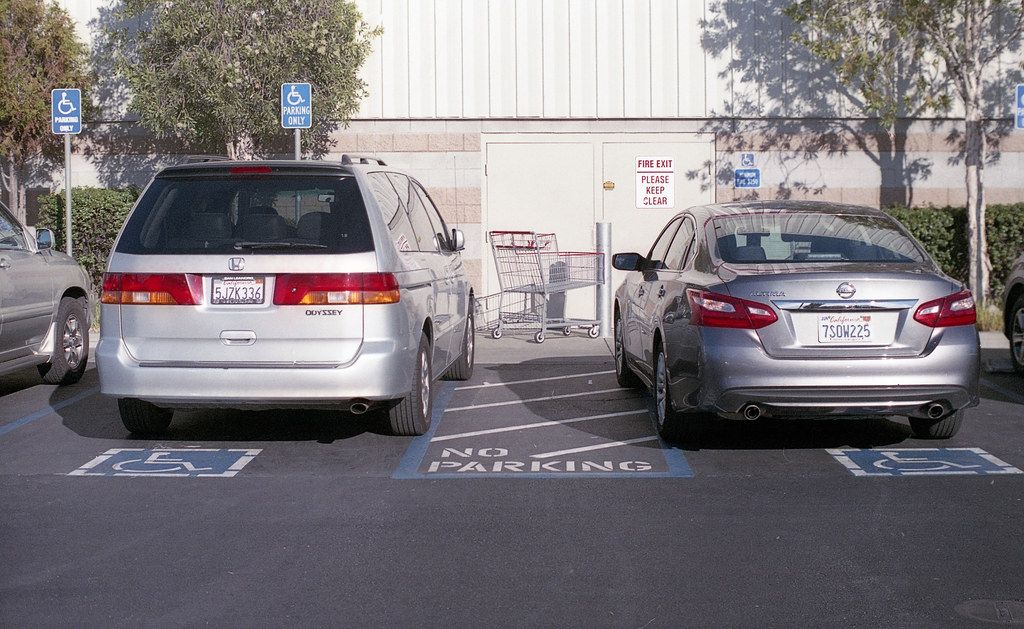
7. **Conquering the Blind Spots: Strategies for Limited Visibility**One of the most anxiety-inducing aspects of tight-space parking is the lurking threat of blind spots. These hidden zones around your vehicle can obscure everything from curbs and poles to unsuspecting pedestrians, transforming a seemingly clear path into a minefield of potential scrapes and dings. Limited visibility significantly ramps up the risk, making it paramount to develop strategies that extend your sensory reach beyond what your direct line of sight offers.
Your mirrors are your primary defense against these unseen threats. Proper adjustment is non-negotiable: ensure your side mirrors and rearview mirror provide a maximized field of view. Side mirrors, in particular, should offer a clear, unobstructed panorama along your vehicle’s sides, showing minimal car body and maximum adjacent space. Utilizing these mirrors frequently, especially when reversing or maneuvering around obstacles, helps you continuously monitor proximity, effectively transforming unseen areas into observable zones.
Beyond just mirror usage, a comprehensive visual sweep is vital. In exceptionally tight spots or when faced with ambiguous markings, don’t hesitate to exit your vehicle briefly to visually check the space before committing to a maneuver. This proactive approach eliminates guesswork and provides a real-world assessment of clearances. Furthermore, take the time to familiarize yourself with your vehicle’s specific blind spots and how your parking aids, such as rearview cameras or parking sensors, can help mitigate them.
Modern technology offers powerful allies in this battle against the unseen. Advanced systems like 360-degree cameras provide a comprehensive bird’s-eye view, offering unparalleled enhancement to spatial awareness. While these technologies are incredibly helpful, they should be considered supplementary aids. They support, but never fully replace, your fundamental driving skills and attentiveness to truly conquer those tricky blind spots without a sweat.
Read more about: Driving Expert’s Clever Hacks: Mastering Safe Backing and Crowded Area Navigation to Eliminate Guesswork
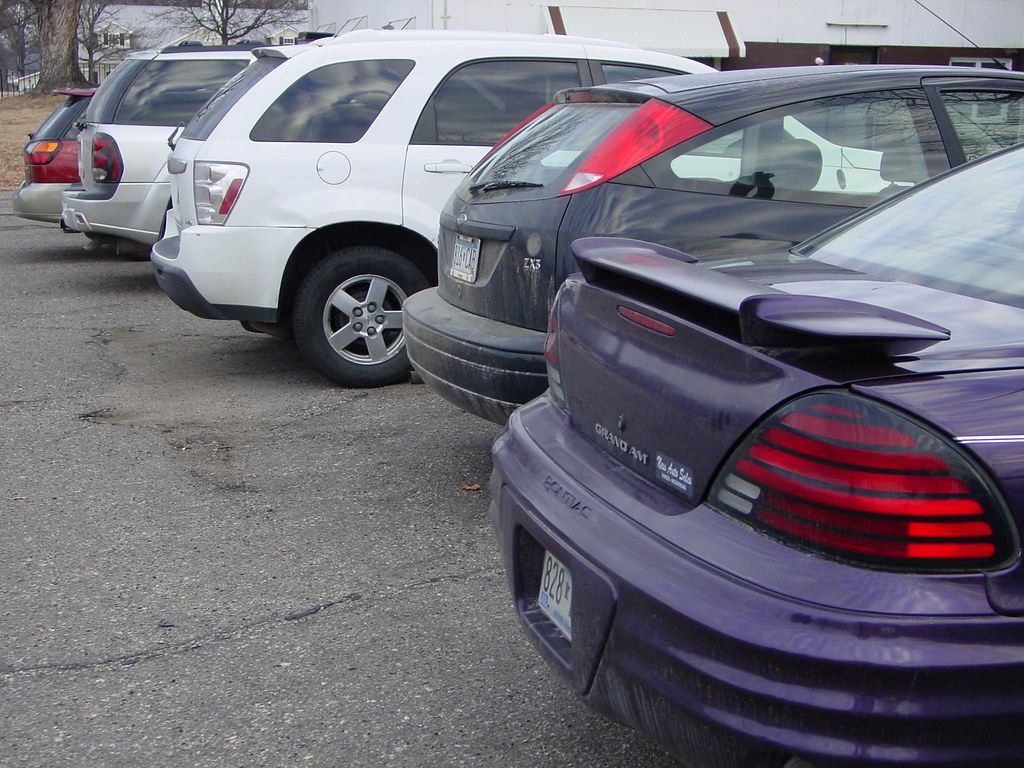
8. **Navigating the Squeeze: Tackling Narrow Spaces and Ambiguous Markings**Encountering narrow spaces and parking areas with faded or obstructed lines presents a unique set of challenges that can test even the most experienced driver’s patience. The fear of dinging an adjacent car or scraping a wall is real, and the lack of clear guidance from faded markings can lead to uncertainty. Successfully navigating these squeezed situations requires a refined approach that prioritizes careful positioning and adaptability over brute force.
The golden rule here is precise positioning and making small, deliberate adjustments rather than attempting to force your vehicle into a tight spot. Before you even begin, visually compare the space size with your vehicle’s length and width, aiming for at least a few inches of clearance on either side to prevent side collisions and allow for door opening. Without this crucial buffer, your turning radius is severely limited, making the maneuver exponentially harder.
When confronted with obstructed lines or ambiguous markings, your reliance shifts to alternative reference points. Identify stable guides such as curbs, the edges of neighboring vehicles, or even painted signs on walls to guide your positioning. These visual cues replace the missing lines, offering concrete data points for gauging distances and angles accurately, thus reducing guesswork into calculated precision.
Consider this genius move for practical clearance: if a vehicle parked next to the driver’s side of your car is positioned extremely close to the line, aim to park your own vehicle slightly closer to the passenger side of your space. This strategic offset creates valuable extra room on the driver’s side, allowing you to safely open your door without the dreaded clang against the adjacent car. This simple adjustment can save you a world of frustration and potential damage.
Ultimately, the goal is to ensure your vehicle is fully within the designated space, not obstructing traffic or other parked cars. This requires continuous monitoring and a willingness to make minor forward and backward adjustments to perfectly center your car. By combining careful initial assessment with adaptive maneuvering and smart positioning, you can tackle even the tightest and most ambiguous spots with confidence and finesse.
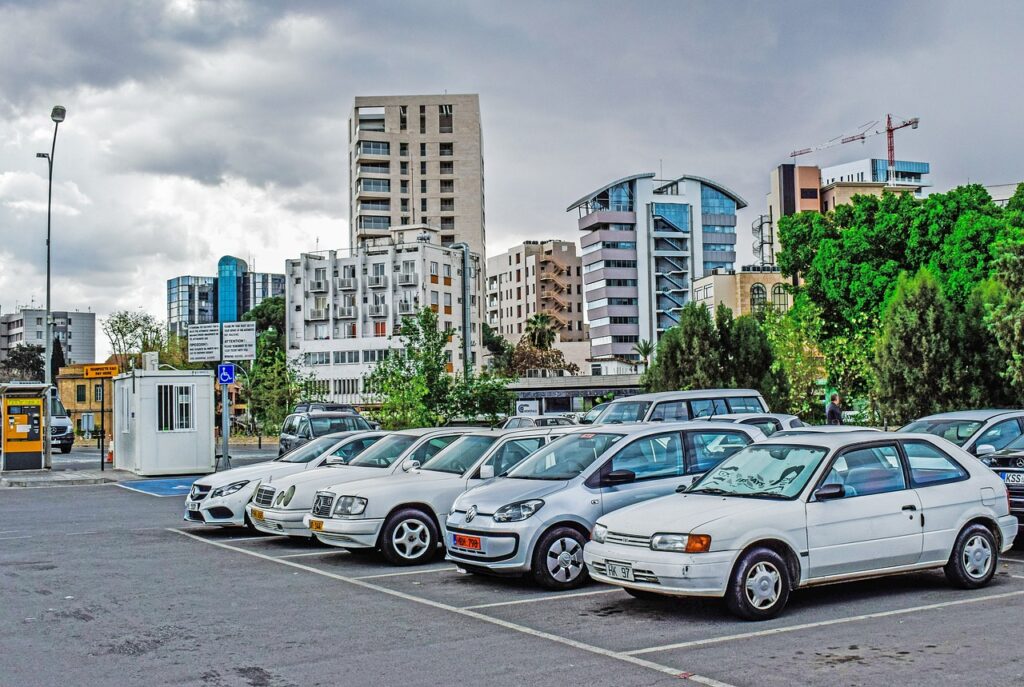
9. **Zen and the Art of Parking: Staying Calm Under Pressure**Parking in tight spaces, especially when other drivers are waiting or observing, can become a high-pressure scenario. The psychological impact of anxiety and nerves can significantly impair a driver’s judgment and execution, turning a manageable task into a stressful ordeal. Rushing under pressure often leads to mistakes, from misjudging distances to making abrupt, incorrect steering inputs. True mastery involves not just technical skill, but also a serene mental state.
Maintaining composure under pressure is a hallmark of an expert driver. As Sophia Reynolds, a Traffic Safety Analyst, advises, “patience directly correlates with successful parking in tight spaces.” Prioritize safety and accuracy over speed, resisting the urge to rush. Take a deep breath, recenter yourself, and approach the maneuver with a calm, focused mindset. This deliberate slowing down provides the mental space needed to make precise decisions.
To cultivate this parking zen, practice is key, particularly in less challenging environments. This builds confidence, gradually desensitizing you to the stress of confined areas. When facing a tricky spot, break the maneuver down into small, manageable steps. Focus on executing each step deliberately, rather than fixating on the entire complex sequence. This compartmentalized approach prevents overwhelm and allows for more accurate adjustments.
Your greatest asset in any challenging parking scenario is a calm demeanor combined with slow, controlled movements. This measured pace minimizes overcorrection, which can quickly lead to accidents, and allows for tiny, precise adjustments that prevent scrapes and bumps. Mastering this mental aspect ensures that even when the pressure mounts, you can execute a smooth, elegant, and confident park, making what once seemed daunting feel like a satisfying accomplishment.

10. **Parallel Parking Perfection: The Step-by-Step Breakdown**Parallel parking is arguably the most intimidating maneuver for many drivers, yet it’s an indispensable skill for urban navigation. While it can seem “super intimidating when you’re just starting out,” as Driving Instructor Ibrahim Onerli notes, it truly “gets a lot easier once you get some practice.” With consistent application, it will eventually become second nature, transforming a dreaded task into a seamless part of your driving routine.
The journey to parallel parking perfection begins with the correct initial setup. Align your vehicle alongside the front car of the desired space, maintaining approximately two feet of distance between your car and the parked vehicle. Ibrahim Onerli emphasizes this crucial first move: “Step one is pulling up so that the back of your trunk meets the middle of the car in front of you.” Failing to establish this precise alignment can cause “all kinds of whacky problems with the next move,” making subsequent steps unnecessarily difficult.
Once properly aligned, signal your intent and shift into reverse. Begin backing up slowly while turning the steering wheel sharply towards the curb or parking space. As you reverse, you’ll be aiming for a specific angle. Ibrahim Onerli suggests that as you’re reversing, “you turn out to a roughly 45-degree angle. You can sort of picture a triangle between the curb, the side of your vehicle, and the trunk of the car in front of you.” This visual reference is incredibly helpful for gauging your trajectory and ensuring a smooth entry.
Continue reversing and monitoring your side mirrors. When the front of your car has cleared the rear of the vehicle ahead of you, it’s time for the next steering input. Begin to straighten your wheels or turn them away from the curb. This action guides the front of your vehicle into the spot, preventing it from swinging out too wide and ensuring your car aligns with the curb. Slow and deliberate movements are paramount during this phase to maintain control.
Finally, make any necessary forward and backward adjustments to center your vehicle perfectly within the parking spot. Your goal is to be parallel to the curb, with enough space both in front and behind your car to allow for easy exit and entry for adjacent vehicles. With practice, these steps coalesce into a fluid, confident motion, allowing you to master parallel parking with unparalleled precision.
11. **Beyond Parallel: Acrobatic Perpendicular and Angle Parking**While parallel parking often gets the spotlight for its perceived difficulty, mastering perpendicular and angle parking is equally crucial for navigating diverse parking environments, from shopping mall lots to office complexes. Each method requires a specific approach that, once understood, can be executed with efficiency and confidence, expanding your repertoire of tight-space maneuvers beyond the parallel challenge.
For perpendicular parking, where you back into or pull straight into a spot at a 90-degree angle to the flow of traffic, the approach is key. Approach the space slowly, signaling well in advance to alert other drivers. Begin to turn the steering wheel sharply when your front bumper aligns with the edge of the parking space you intend to enter. Use your side mirrors extensively to ensure ample clearance on both sides, making small adjustments as needed. Once your vehicle is mostly inside the space, straighten the wheel to complete the positioning, ensuring you are centered between the lines.
Angle parking, often found in retail lots, offers a slightly more forgiving entry. Approach at a slow speed and signal your intent, as with any parking maneuver. Turn the wheel into the angle as you enter the space, allowing the natural geometry of the spot to guide your vehicle. Again, diligent use of side mirrors is critical here to monitor clearance on both sides and adjust as needed, preventing accidental contact with adjacent cars or obstacles. The slower your speed, the more time you have for these crucial visual checks and steering corrections.
Understanding parking space dimensions plays a significant role in mastering these maneuvers. While these can vary, knowing that spaces generally measure between 8.5 to 9 feet in width and 18 to 20 feet in length helps you gauge the maneuverability required for your specific vehicle. This foundational knowledge allows for better preparation and enhances your spatial awareness, making the entry and positioning more intuitive.
In particularly tight perpendicular or angle spots, visibility becomes even more crucial. Don’t underestimate the benefit of using a spotter, if available, to guide you. A spotter can provide real-time feedback on clearances, especially around blind spots, significantly improving accuracy and reducing the risk of collisions. This combined approach of understanding dimensions, executing precise steps, and utilizing available aids makes ‘acrobatic’ parking maneuvers feel like second nature.
12. **The Final Touchdown: Centering and Safeguarding Your Park**The act of parking doesn’t end when your wheels touch the ground within the lines; the final touchdown involves precise centering and essential safeguarding measures. After guiding your vehicle into the space, whether parallel, perpendicular, or angled, a crucial last step is to make slight adjustments, moving forward or backward as necessary, to perfectly center your vehicle within the lines. This not only makes your parking look professional but also ensures maximum clearance for yourself and adjacent vehicles.
Beyond perfect alignment, safeguarding your parked vehicle and its surroundings is paramount. Before you even think about turning off the ignition, take a moment to ensure your vehicle is fully within the space and not obstructing traffic flow or other parked cars. This includes re-checking your mirrors for any newly arrived pedestrians, cyclists, or vehicles, as these can appear quickly in busy environments. This vigilance is a fundamental safety protocol for a smooth and stress-free parking experience.
A genius move for safeguarding your vehicle and yourself, particularly in narrow spots, involves strategic positioning for door clearance. If you find yourself parking next to a vehicle that’s very close to your driver’s side line, consider positioning your car slightly closer to the passenger side of your own space. This simple act creates crucial extra room on the driver’s side, allowing you to open your door more fully without the risk of bumping the neighboring vehicle and incurring costly side mirror replacement expenses.
Upon exiting, another smart precaution is to fold in your side mirrors, if your vehicle is equipped with this feature. In small parking spaces, side mirrors are often the first points of contact and are vulnerable to being bumped or broken off by other vehicles whose drivers might not park as carefully as you. Folding them in provides vital protection, saving you from unexpected and expensive repairs down the line. It’s a small action with a significant impact on preventing damage.
Ultimately, these final touches and precautionary measures are about reducing risk and enhancing the longevity of your vehicle’s pristine condition. They are the culmination of a master driver’s thoughtful approach – a blend of precision, awareness, and proactive safeguarding. By consistently applying these habits, you not only protect your car but also contribute to a safer, more considerate parking environment for everyone.
Mastering the skill of parking in tight spaces truly requires a seamless combination of patience, precision, and unwavering awareness. By internalizing the dimensions of your vehicle, adeptly utilizing mirrors, leveraging modern parking technologies, and employing techniques such as slow, controlled movements and precise steering adjustments, drivers can confidently navigate into even the most confined spots without a hint of stress or damage. It’s about transforming what once seemed like an impossible squeeze into a perfectly executed ‘genius move.’
Practicing these refined methods regularly doesn’t just enhance your spatial judgment; it meticulously builds the essential confidence for handling the most challenging parking scenarios. Key takeaways from this journey include the critical importance of thoroughly assessing the space before any maneuver, consistently using reference points to guide your positioning, and maintaining crystal-clear visibility throughout the entire process. Furthermore, while technology like parking sensors and cameras are powerful allies, they should always complement your fundamental driving skills, never replace them.
Staying calm, composed, and deliberately avoiding rushed actions are absolutely crucial to executing a successful park in constrained areas. Ultimately, parking in tight spaces is a valuable, lifelong driving skill that improves exponentially with dedicated experience and mindful practice. By diligently integrating these advanced strategies and maintaining exceptional situational awareness, drivers can profoundly enhance their overall safety and efficiency on the road, dramatically reducing the risk of accidents or unnecessary vehicle damage in virtually every driving situation. You’ve got this – park like a pro, every time.



